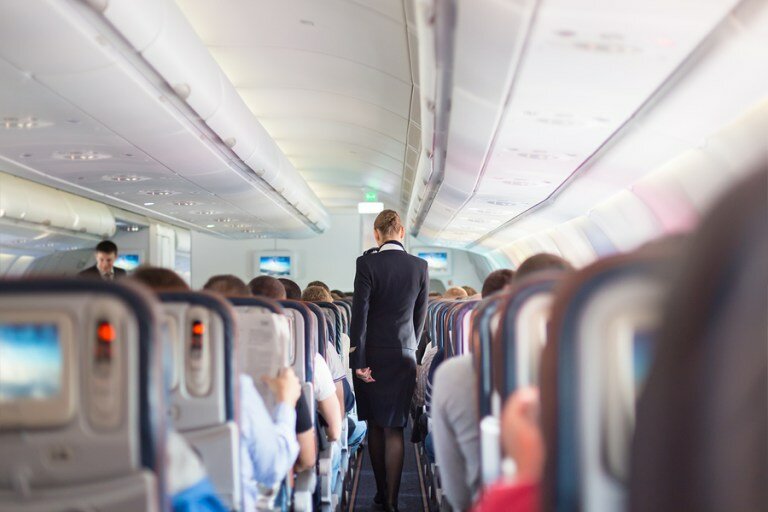
May 09, 2017
Things go can viral at warp speed intoday’s connected world
Recent events at Airlines remind us that Employees are your Front-Line Brand Ambassadors By Michael Layne, President, Marx Layne & Co. Take confined spaces; a high-maintenance customer or a solo parent with children; and an employee with an attitude problem, even if for [...]
Recent events at Airlines remind us that Employees are your Front-Line Brand Ambassadors
By Michael Layne, President, Marx Layne & Co.
Take confined spaces; a high-maintenance customer or a solo parent with children; and an employee with an attitude problem, even if for just one day.
Recent, highly publicized episodes in Delta Airlines and United Airlines passenger cabins demonstrate how volatile that combination can be—and how it can quickly turn into a public relations nightmare for a company or organization.
The reality is that each employee or staffer is your frontline brand ambassador. At the same time, almost everyone these days is carrying an HD video camera with them in the form of a smart phone. And many don’t hesitate to upload what they have captured of a regretful but irreversible confrontation to the Internet. In a few minutes, the event and its images get splashed across social media and, eventually, make it to news organizations online or the nightly television news.
Airplanes aren’t the only place where we can see hostility erupt. The airport ticket counter. A law firm waiting room. A hospital emergency room. Workplaces of all kinds. The local ice cream shop. The common equation: an employee that acts poorly under stress + incident captured on video and shared over social media with hundreds of thousands of people over a matter of minutes = brand distress that could permanently lose a business their customers, profitability and overall image.
How do we respond in this age of smart phones and social media? First, we must acknowledge that confrontations or incidents being recorded by citizen journalists are not bad in and of themselves. Already, in our young digital age, wrongs have been righted because someone recorded an event and had the courage to share it with the world.
From a business owner’s perspective, such videos must be accepted as the fresh and raw learning experiences they become. Here is where your employees may not be adequately trained. This is what your company looks like—for now—to the world at large, even when a video doesn’t entirely represent what happened. Perception quickly morphs into “reality.”
When an employee has clearly misbehaved, perhaps in the rigid application of company policies and procedures, the issue becomes, what do we do now; how can we turn a negative situation into a more positive one.
It’s not that complicated. The president or leader of the organization must be prepared to appropriately and immediately apologize and to show empathy. Then the key spokesperson must then announce what steps are being taken to make sure it doesn’t happen again and continue to communicate with key constituents; to make sure this is a sincere apology and effort.
We only need to be reminded of the regretful tone and actions of the former chief executive of oil and energy company BP after the Deepwater Horizon oil spill to know what not to do.
As public relations counselors and crisis communications experts, we regularly advise clients in this manner. Employees are your brand ambassadors. But leadership must set the tone and convey and sustain the key messages. We can help in that effort of restoring brand equity.
Share This Story, Choose Your Platform!
Marx Layne is your competitive advantage.
Your reputation and success are our only concerns.
